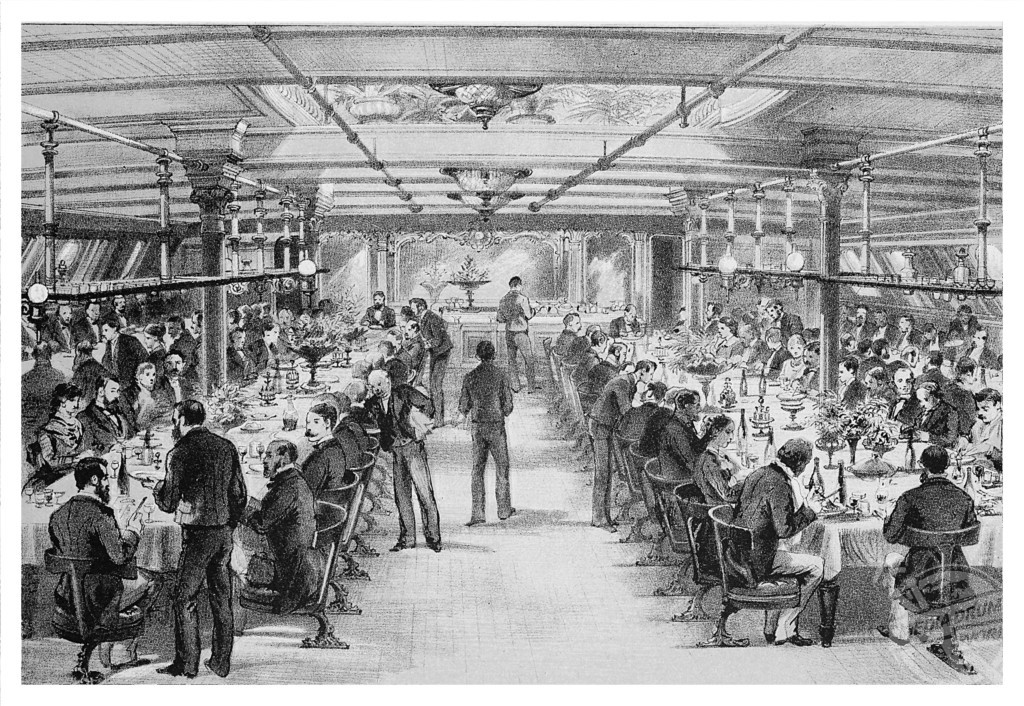
By Alex Jones
FASCINATING new photos show what life was life for Brits travelling on cruise liners throughout the 20th century – including those who sought to build a new life on the other side of the world for only £10.
A striking series of shots shows passengers enjoying a game of cricket on deck, ladies sunning themselves on deckchairs whilst socialising, and ship workers standing next to huge quantities of gold destined to be shipped overseas.
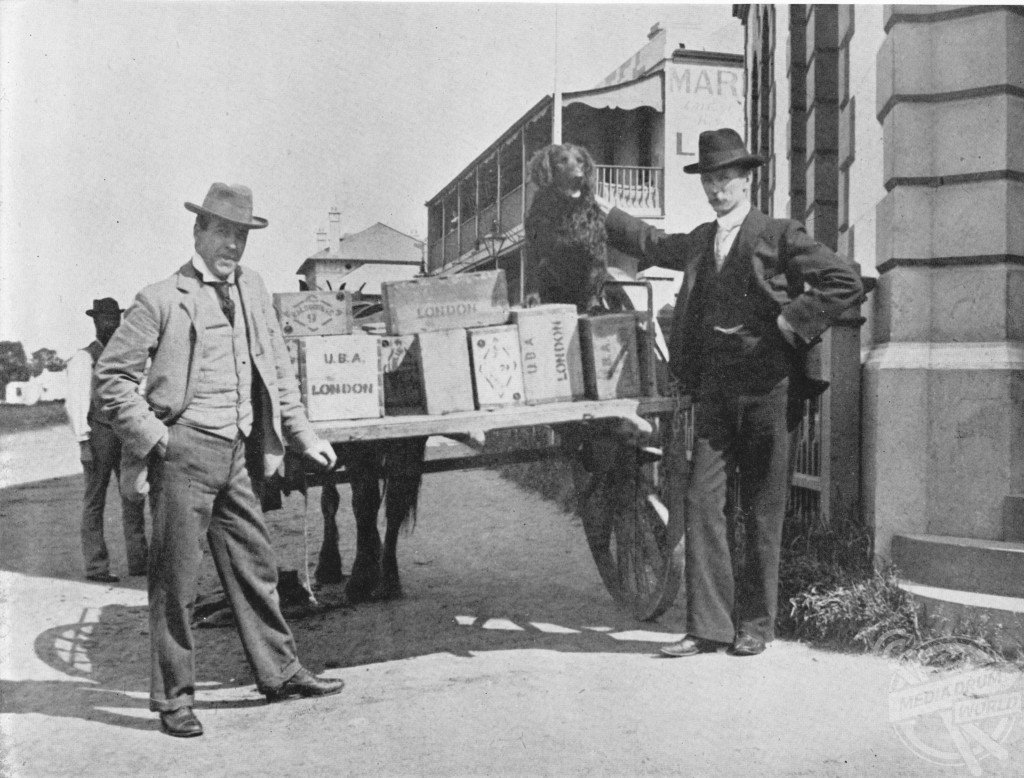
Another eye-catching photo shows Prince George and Princess Mary, later to become King George V and Queen Mary, standing on the shore in front of a magnificent cruise liner.
The dazzling images are displayed in a new book ‘A Photographic History of the Orient Line’, by Chris Frame, Rachelle Cross, Rob Henderson and Doug Cremer and includes information on the passengers who were offered the chance to live in Australia post World War Two.
“The assisted passage scheme was designed to boost the population of Australia by offering very favourable conditions for British citizens willing to relocate there,” explained the authors.
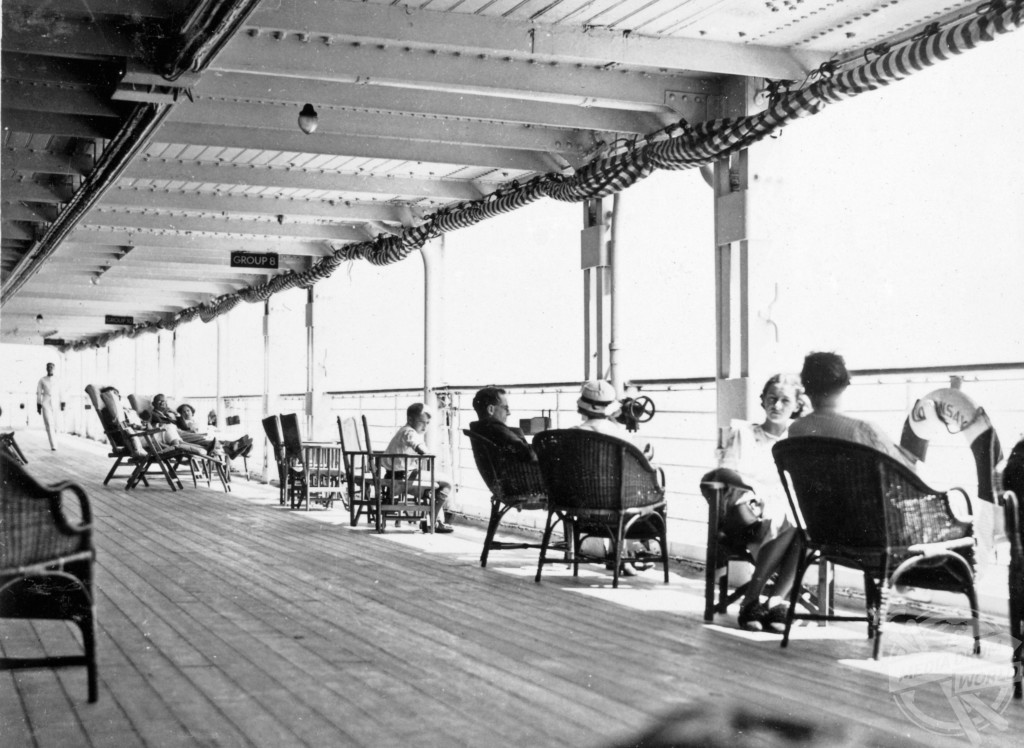
“The passengers were chosen by the Australian Government, with ex-servicemen and their families offered free passage, and civilians offered passage for the nominal sum of £10, leading to these emigrants becoming known as ‘ten-pound poms’.”
Tickets would have usually cost £120 – six months wages for some – so it was tempting deal, especially with the promise of work and sunnier climes in the Antipodes.
Although over 1million British migrants made the trip Down Under, the photographic history looks back over The Orient Line’s whole 100-year history, as it grew from a relatively minor business to become an operator of high-quality passenger liners between the UK and Australia and pioneer of recreational cruising.
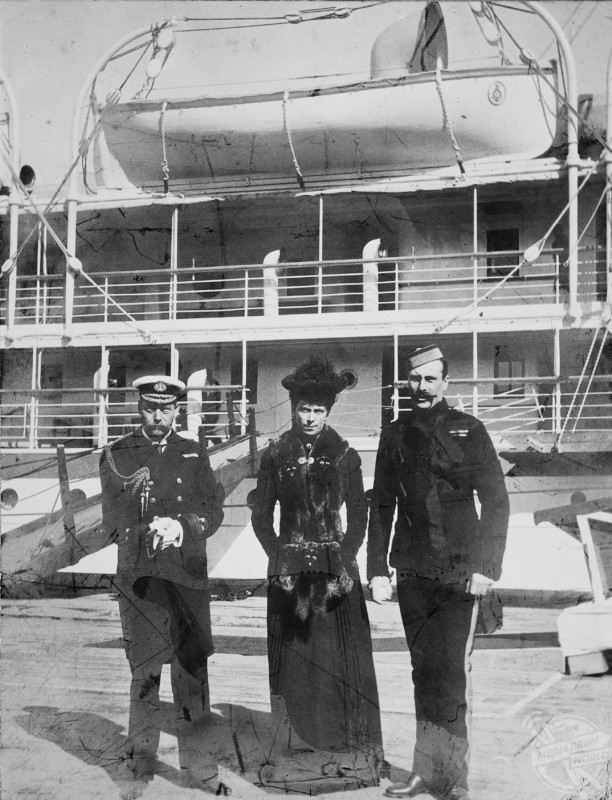
relinquished his German titles during World War I and became Earl of Athlone and later Governor-General of Canada. Mediadrumimages / Henderson-Cremer Collection
The Orient Line, which delivered both passengers and goods, formed a slow but crucial connection between peoples of the Empire separated by tens of thousands of kilometres of unpredictable seas, and helped Australia grow from rival colonies into a nation.
Cruise ships today owe a great legacy to the pioneering work done by the Orient Line when it developed and perfected seasonal cruising in 1889 from British ports.
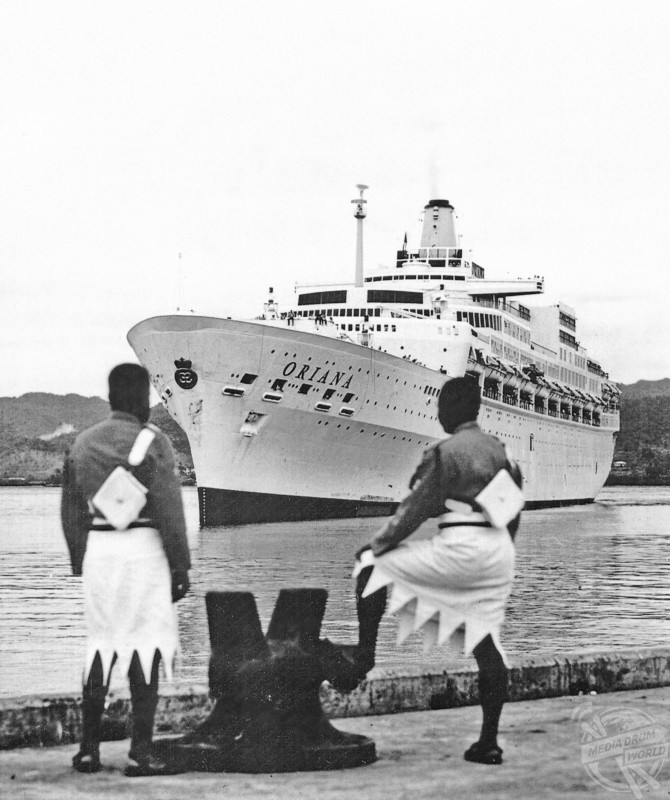
of the Fijian constabulary. Mediadrumimages / Henderson-Cremer Collection
“The Orient Line had a significant impact on shipping, especially in Australia and the United Kingdom. Yet today the importance of the company is relatively unknown away from maritime historians and dedicated ocean liner buffs,” the authors continued.
“Despite its undeniable impact on the development of modern Australia, the story of the Orient Line is often relegated to a chapter or two in books about P&O, largely thanks to its acquisition and eventual absorption by the larger company.”
‘The Photographic History of the Orient Line’, published by The History Press, is available here.






